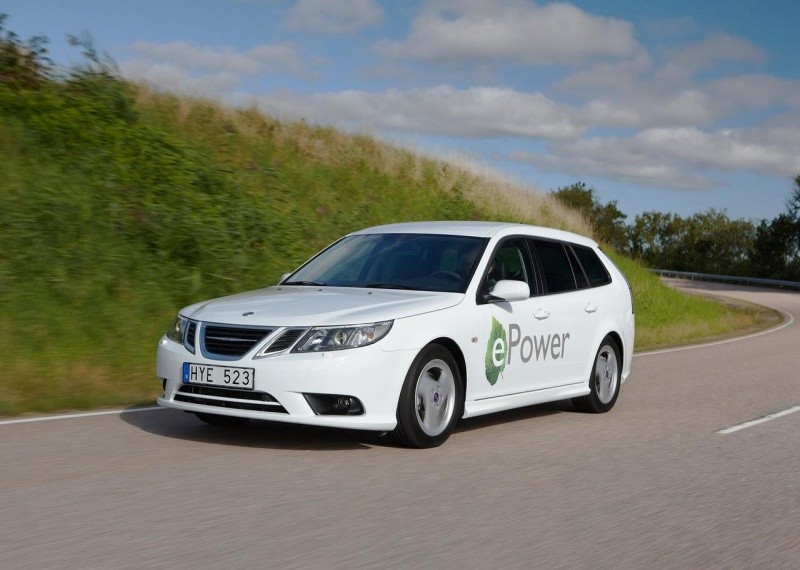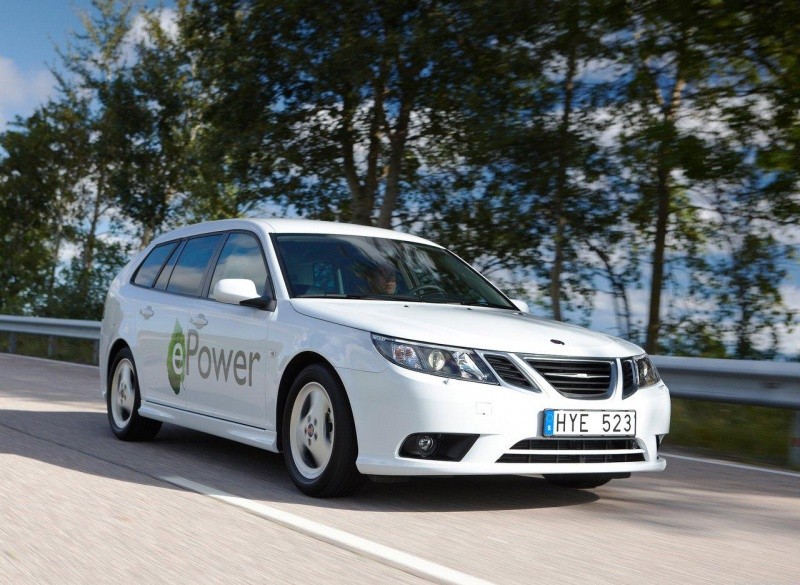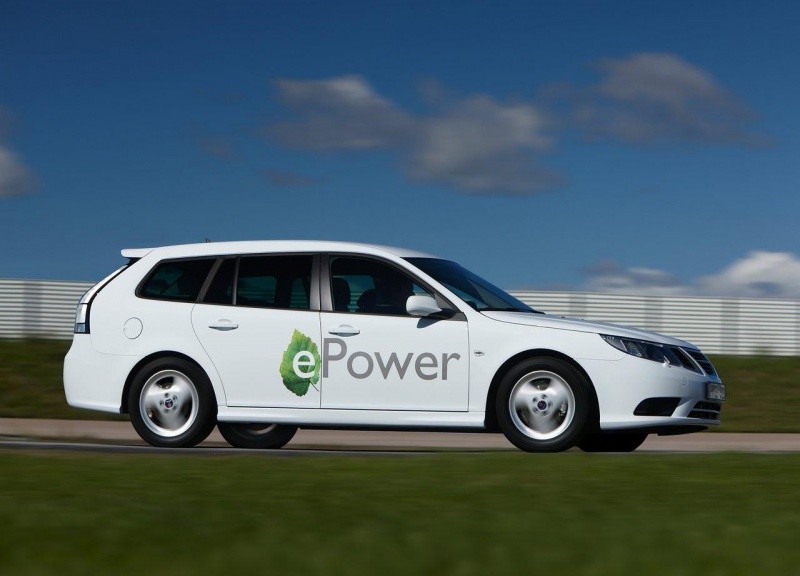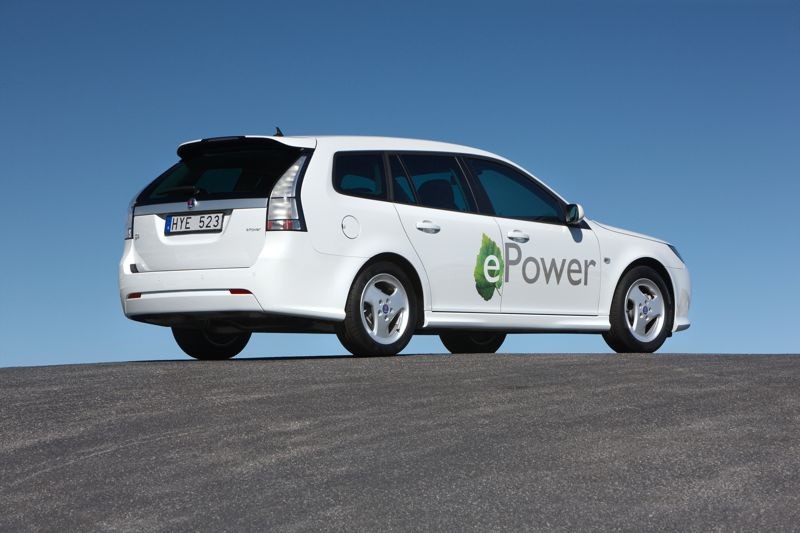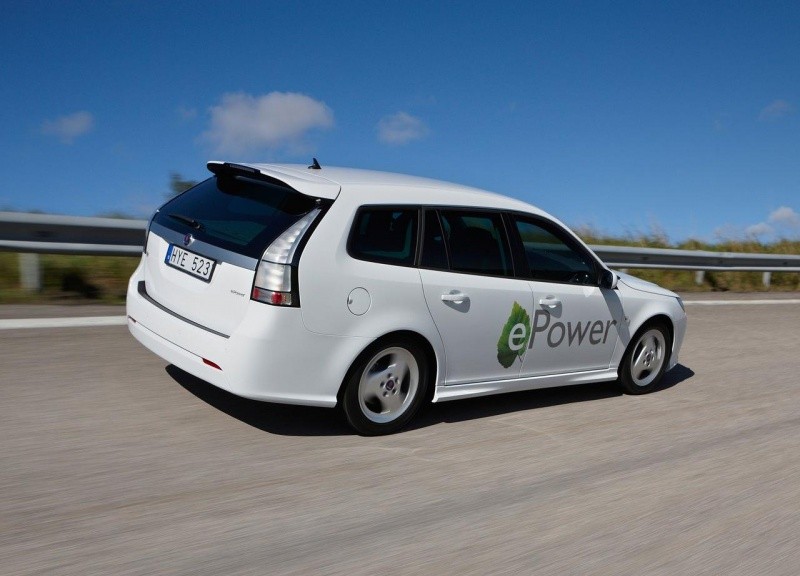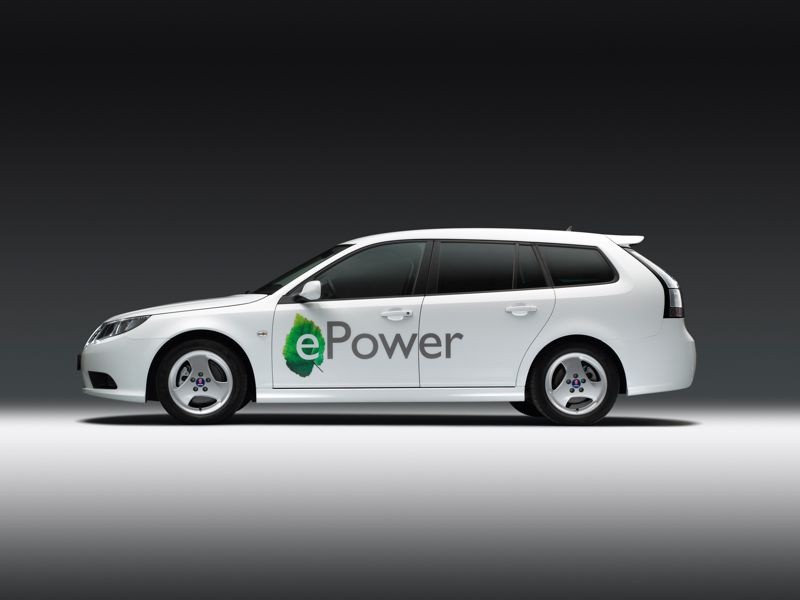-

PogachnyK - Stalni uporabnik
- Prispevkov: 741
- Pridružen: Sr maj 27, 2009 6:39 am
-

drugmirko - Poznavalec foruma
- Prispevkov: 2701
- Pridružen: Ne apr 17, 2005 9:30 pm
- Kraj: LJ
-

diamant72 - Novinec
- Prispevkov: 247
- Pridružen: To maj 27, 2008 3:26 pm
- Kraj: Ljubljana
-

IcEm4n - Mojster foruma
- Prispevkov: 6435
- Pridružen: Če jun 22, 2006 11:17 am
-

Zois - Uporabnik
- Prispevkov: 988
- Pridružen: Ne mar 04, 2007 4:00 pm
- Kraj: Slovenska Bistrica
-
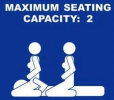
dobek - Mojster foruma
- Prispevkov: 4310
- Pridružen: So mar 02, 2002 5:12 pm
- Kraj: MarburgAnDerDrau
drugmirko je napisal/-a:drugač pa kao popolnoma novi pride čez 16 mesecev... se že razvija pod imenom Phoenix
a so ga ze prej meli v delu? s emi zdi namrec, da spyker cuda obljublja na vseh frontah (sanjski kupeji, miniji...), me pa iskreno zanima, koliko od tega (ce sploh) so sposobni zrealizirat

Ce v svojih postih slucajno koga uzalim - prisezem, da je bilo nalasc!
-

drugmirko - Poznavalec foruma
- Prispevkov: 2701
- Pridružen: Ne apr 17, 2005 9:30 pm
- Kraj: LJ
dobek je napisal/-a:drugmirko je napisal/-a:drugač pa kao popolnoma novi pride čez 16 mesecev... se že razvija pod imenom Phoenix
a so ga ze prej meli v delu? s emi zdi namrec, da spyker cuda obljublja na vseh frontah (sanjski kupeji, miniji...), me pa iskreno zanima, koliko od tega (ce sploh) so sposobni zrealizirat
ne.. naj bi blo popolnoma neodvisno od GM-a... nekej sem slišal, da bodo sodelovali z BMW-jem pri razvoju nove FWD platforme (kot vemo bodo po novem mali BMW-ji FWD), z njimi in Jag/PSA pa o uporabi dizelskih motorjev, ampak ne vem nič konkretnejšega o vsem skupej... lahko pa da je vseskupej patka, ker o razvoju skupne FWD platforme za male avte sem nekej slišal tudi iz PSA/BMW španovije... in se mi zdi, da je to blo veliko bolj uradno, ker mislim, da so o tem govorili takrat, ko so objavli nadaljevanje sodelovanja pri razvoju motorjev...


živeo drugmirkooooo!!!!
-

dobek - Mojster foruma
- Prispevkov: 4310
- Pridružen: So mar 02, 2002 5:12 pm
- Kraj: MarburgAnDerDrau
-

diamant72 - Novinec
- Prispevkov: 247
- Pridružen: To maj 27, 2008 3:26 pm
- Kraj: Ljubljana
Od zdaj naprej gre SAAB-u lahko samo še na boljše ... GM ni točno vedel, kaj bi z njim počel; še več - oviral je razvoj in požrl ves dobiček ... če k temu dodamo že skoraj fanatične fene ... je velika možnost za prav svetlo prihodnost ...
Trenutno vozim: BMW 645Ci (1:24), Maserati GranTurismo RC (1:18)
P.S. Iščem čarobno palčko, ki pretvarja 1:18 v 1:1. Tudi 1:24 v 1:1 bo ok...
P.S. Iščem čarobno palčko, ki pretvarja 1:18 v 1:1. Tudi 1:24 v 1:1 bo ok...
-

modri D. - Uporabnik
- Prispevkov: 867
- Pridružen: Po apr 09, 2007 9:38 pm
-
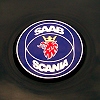
Eazy-O - Uporabnik
- Prispevkov: 1119
- Pridružen: Po jun 07, 2004 11:36 am
- Kraj: Somewhere Over The Rainbow...
Ker bo naslednja velika novost pri Saabu 9-3 (9-4x je že končan) in se tale novica navezuje nanj, sem si sposodil tole temo.
Swade, head honcho pri http://www.saabsunited.com, je pred kratkim spisal odprto pismo naslovljeno novemu glavnemu dizajnerju pri Saabu, Jasonu Castrioti.
Jason se je odzval :) -> http://www.saabsunited.com/2010/08/an-o ... riota.html
Če povzamem, videti je, da je Jason pravi kandidat, poleg tega pa se tudi niso znebili ekipe, ki nam je prinesla koncept Aero X in pa 9-X Air. 9-3 mora nujno uspeti in boljše priložnosti kot jo ima sedaj, skoraj ne bi mogel imeti.
Sicer pa Jason zgleda kot fajn dečko, pravi da je bil njegov prvi avto '89 Saab 900 in da je že v srednji šoli skiciral modernejšo evolucijo le-tega.
Če pogledamo njegovo zgodovino delodajalcev in izdelkov, pa se tudi ni za pritoževati:
* Bertone Mantide (2010)
* Ferrari P4/5 by Pininfarina (2006)
* Maserati GranTurismo (2007)
* Ferrari 599 GTB Fiorano (2006)
* Maserati Birdcage 75th (2005)
Za mentorja je imel med drugim Kena Okuyamo in Lowieja Vermeerscha, poleg že omenjenih pa je delal tudi pri Alfa Romeu, Lancii, Peugeotu in Citroenu, od studiev pa pri Bertoneju in Pininfarini.
Kaj bi si še želeli boljšega?
Swade, head honcho pri http://www.saabsunited.com, je pred kratkim spisal odprto pismo naslovljeno novemu glavnemu dizajnerju pri Saabu, Jasonu Castrioti.
Jason se je odzval :) -> http://www.saabsunited.com/2010/08/an-o ... riota.html
Če povzamem, videti je, da je Jason pravi kandidat, poleg tega pa se tudi niso znebili ekipe, ki nam je prinesla koncept Aero X in pa 9-X Air. 9-3 mora nujno uspeti in boljše priložnosti kot jo ima sedaj, skoraj ne bi mogel imeti.
Sicer pa Jason zgleda kot fajn dečko, pravi da je bil njegov prvi avto '89 Saab 900 in da je že v srednji šoli skiciral modernejšo evolucijo le-tega.
Če pogledamo njegovo zgodovino delodajalcev in izdelkov, pa se tudi ni za pritoževati:
* Bertone Mantide (2010)
* Ferrari P4/5 by Pininfarina (2006)
* Maserati GranTurismo (2007)
* Ferrari 599 GTB Fiorano (2006)
* Maserati Birdcage 75th (2005)
Za mentorja je imel med drugim Kena Okuyamo in Lowieja Vermeerscha, poleg že omenjenih pa je delal tudi pri Alfa Romeu, Lancii, Peugeotu in Citroenu, od studiev pa pri Bertoneju in Pininfarini.
Kaj bi si še želeli boljšega?

-

__bambi__ - Novinec
- Prispevkov: 147
- Pridružen: Sr maj 13, 2009 12:26 pm
-

CITROENAR ŠT 1 - Uporabnik
- Prispevkov: 1483
- Pridružen: To dec 16, 2008 1:17 am
-

diamant72 - Novinec
- Prispevkov: 247
- Pridružen: To maj 27, 2008 3:26 pm
- Kraj: Ljubljana
glede na to, da je na trgu že od 2002, je še vedno zelo svež, nekaj posebnega. Letos naj bi bil še enkrat faceliftan, 2012 pa pride povsem nov 93 ... V bistvu bo v treh, štirih letih trenutni 95 najstarejši model. Impresivno za znamko, ki so jo večinoma že pokopali 
Trenutno vozim: BMW 645Ci (1:24), Maserati GranTurismo RC (1:18)
P.S. Iščem čarobno palčko, ki pretvarja 1:18 v 1:1. Tudi 1:24 v 1:1 bo ok...
P.S. Iščem čarobno palčko, ki pretvarja 1:18 v 1:1. Tudi 1:24 v 1:1 bo ok...
-

CITROENAR ŠT 1 - Uporabnik
- Prispevkov: 1483
- Pridružen: To dec 16, 2008 1:17 am
Sedaj še zelen ratuje 
http://blogautomobile.fr/saab-une-93epower-ne-craint-froid-81154
Lp
Saab 9-3 Electrical A more efficient and does not fear the cold
September 17, 2010 at 23:31
We thought the project shelved due to the difficulties encountered by Saab and it is not because the Swedish manufacturer unveils Saab ePower 9-3 (EV ) based on the restyled hatchback version that we 'll find out in two weeks the World Cup.
A rather nice surprise since the 9-3 is powered by a electric motor that develops 184 hp 135.3 kW or ad performance than correct . So Saab announces a Vmax of 150 km / h , a 0 to 100 km / h in 8.5 seconds and shot a range of 200 km.
But also correct performance of this ad Electrical 9-3 a significant advantage over the competition since the Saab is equipped with conventional batteries Lithium -ion rechargeable capacity of 35.5 kWh in 6:00 but mostly these batteries have been developed to operate and maintain their performance down to -30 ° C ... which is exceptional given that competition begins to wane soon approaching zero degrees and no longer works in or near -5 and -10 ° . American motorists who were tested the Mini E know something and those who will use it in a few months a Nissan Leaf will soon understand ! Moreover , Saab announces a lifetime of 10 years while the competition speaks for 8 years on average .
Saab has enjoyed a partnership with Boston Power manufacturer to develop this type of battery.
However, do not count on doing the acuisition of such Saab in the near future since the 70 copies will be constructed for joining a fleet scheduled for tests and trials throughout the course in 2011 and 2012.
If the results are conclusive, if the market does exist in a few years we can expect to see a Saab power available to customers because Saab wants to be an important player in this market and this could represent some 500,000 in 2015 sales per year (how many cars sold per year global market ? ?) estimates the CEO Saab Automotive.
A project to follow in the coming years with some interest during winter periods.
Via Saab.
http://blogautomobile.fr/saab-une-93epower-ne-craint-froid-81154
Lp
Sir Issac Newton: "To, kar vemo je le kaplja v morje."
Blaise Pascal: "Človekova veličina je v misli."
James Dean: "Dream as if you`ll live forever and live as if you`ll die today."
Spock: "Live long and prosper."

Blaise Pascal: "Človekova veličina je v misli."
James Dean: "Dream as if you`ll live forever and live as if you`ll die today."
Spock: "Live long and prosper."

-

simply - Mojster foruma
- Prispevkov: 3065
- Pridružen: Sr nov 30, 2005 7:03 pm
- Kraj: Nova Gorica
-

martin_krpan - Mojster foruma
- Prispevkov: 11222
- Pridružen: Sr feb 22, 2006 8:26 pm
- Kraj: Ribnica
Re: Saab 9-3 restyling
Še ena prenova 9-3 pred predstavitvijo naslednika. MY 2012 je dobil rahle kozmetične popravke (maska, luči, odbijači), ki ga približujejo novemu 9-5 in nova ''TSI'' motorja.






Predstavljen je tudi Cabrio Independence Edition ob 1. obletnici osamosvojitve ispod jarma GM:



http://www.omniauto.it/magazine/15076/s ... ina-cabrio
http://www.autoweek.nl/autonieuws/16080 ... kelijkheid
http://www.autoweek.nl/autonieuws/16078 ... r-Saab-9-3






Predstavljen je tudi Cabrio Independence Edition ob 1. obletnici osamosvojitve ispod jarma GM:



NEW SAAB 9-3 MODEL YEAR 12: REFRESHED STYLING, MORE POWER, LOWER EMISSIONS
Saab 9-3 MY12 range replaces current 9-3 offer Refreshed exterior and interior styling
9-3 SportWagon TTiD now gives exceptional 119g CO2/km and up to 180 hp, making it the most powerful zero VED estate car available
New direct injection petrol engines give more power and 4% average reduction fuel consumption/CO2
Trollhättan, Sweden: The new Saab 9-3 MY12 range, announced today, features refreshed exterior and interior styling, backed by a more powerful, fuel-efficient engine range.
Replacing the current Saloon, SportWagon, Convertible and 9-3X specifications, the 9-3 MY12 range is distinguished by new front bumpers and signature Saab 'ice block' headlamps. Inside, the instrument panel, cabin décor and seat upholstery are all given a fresh look. Two specifications are offered in the UK, SE and Aero.
Under the bonnet, new 2.0-litre petrol engines give 163hp and 220 hp and include direct injection, variable valve timing and twin scroll turbocharging. Combined cycle fuel consumption and CO2 emissions are reduced on average by 4% across the range.
These new engines join the current 130/160/180 hp 1.9-litre TTiD twin turbo diesel line-up which offers very competitive CO2 emissions of just 119 g/km in both the Saloon and SportWagon - class-leading efficiency in terms of CO2 per unit of horsepower for the 180 hp variant. Further fine tuning has now also delivered a remarkable 119 g/km for the SportWagon, together with equally impressive 62.8mpg combined cycle fuel consumption.
Fresh looks
Externally, the 9-3 MY12 range adopts the 'ice block' headlamp effect introduced on the new 9-5 Saloon. Inspired by the Aero X concept car, the units have a distinctive blue/green hue in daylight. The grille also features a more prominent, wing-shaped central bar carrying the SAAB wordmark, again like the 9-5 Saloon.
Re-profiled front bumpers include a deep, trapezoidal air intake finished with black, ribbed bars, or a mesh insert for Aero variants. Front fog lamps are fitted as standard, with Aero models featuring a matt chrome surround.
At the rear, the SAAB wordmark replaces badging on the chrome trim and all Saloon variants receive a trunk-mounted aerodynamic spoiler. New 17- inch and 18-inch wheel designs are also offered on SE and Aero respectively.
The cabin also receives a makeover. Titanium metallic-effect trim is introduced around the instrument panel, gearshift molding, doors and glove box, and as an option for the instrument panel fascia. The Aero interior features a graphite fibre-effect for all these items, including the fascia.
SE models are fitted with Leather appointed comfort seats, while Aero models features new Leather sports seats with contrasting stitching, inspired by the Aero X concept car.
In both specifications, a useful storage pocket for small items is fitted to the side of the front seatbacks.
More power, lower fuel consumption and emissions
Further fine tuning for 9-3 MY12 SportWagon fitted with 130/160/180 hp TTiD engines has further improved CO2 emissions and fuel consumption to 119 g/km and 62.8mpg, respectively, over the combined cycle. Like the Saloon, the 180 hp SportWagon clearly leads its class in terms of low CO2 emissions and fuel consumption per unit of horsepower, making it the most powerful zero VED estate car available.
More efficient petrol engines deliver an average combined cycle improvement of 4% in fuel consumption and CO2 emissions. This is in addition to a 10 hp increase over the current 210 hp top-of-the-line offer. With power ratings of 163 hp (120 kW)/ 320 Nm and 220 hp (162 kW)/ 350 Nm, both new engines are available with front-wheel drive and XWD, Saab's advanced all-wheel-drive system.
The use of variable valve timing and direct injection improves fuel consumption, emissions and performance. Hydraulically operated vane-type cam phasers enable both the inlet and exhaust valve timing to be adjusted independently, according to varying engine speed and load. The many benefits include a broader spread of torque, higher maximum power and improved fuel consumption.
Direct injection delivers fuel under high pressure directly into the combustion chamber. This enables the separation of air and fuel delivery, allowing improved scavenging of the combustion chamber to give substantially more low-end torque and reduced engine knocking.
A twin-scroll turbocharger is also used, which virtually eliminates turbo lag at low engine speeds. Each scroll on the turbine is fed by a separate exhaust passage from a pair of cylinders, enabling a throttle response comparable to that of a naturally-aspirated engine. Other features include twin counter-rotating balance shafts for smooth running and a forged steel crankshaft for added strength.
http://www.omniauto.it/magazine/15076/s ... ina-cabrio
http://www.autoweek.nl/autonieuws/16080 ... kelijkheid
http://www.autoweek.nl/autonieuws/16078 ... r-Saab-9-3
Kobilica:
http://www.avtomobilizem.com/forum/viewtopic.php?f=7&t=88076&start=0
http://www.avtomobilizem.com/forum/viewtopic.php?f=7&t=88076&start=0
Kdo je prisoten
Po forumu brska: 0 registriranih uporabnikov in 12 gostov







